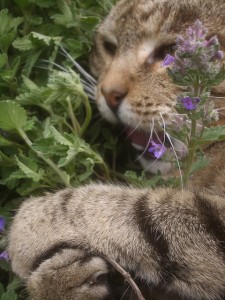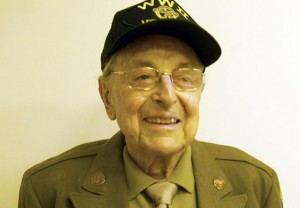Why did you get into nonprofit management? Was it to become a bold-faced name in the society pages? For a summer home in the Hamptons, perhaps? Or was it for a different reason — were you motivated, as so many are, by the desire to make a positive impact and to help people?
I’ve been involved in nonprofits for my entire career, and in all of those years, nearly every client, coworker and student has been there for a bigger reason than just a paycheck. Recently, however, I’ve noticed a return to a disturbing and saddening trend – nonprofit CEOs and executive directors caught with their hands in the till. Although I’ll decline to name examples, I’m sure you can think of a few.
Why do so many heads of nonprofits get into trouble?
I think it has to do with perspective. When you work as hard as many nonprofit leaders do, you may become disenchanted with the discrepancy between your lifestyle and many of your biggest donors. Seeing the chairman of your board drive up to the board meeting every week in his $90,000 car may be a distraction. Although you entered the business of nonprofits to help people, the allure of a brass chandelier in your office can become blinding, and the money to pay for it seems readily available, although earmarked for a program for children.
To counteract this siren’s call, it’s important to maintain your perspective. Rather than meet at a pricey restaurant or club for lunch, for example, one client of mine had VIPs eat the same food the nonprofit serves its consumers, right in the same cafeteria. The lunch effectively reminded the donors who their efforts and support were helping and their reasons for involvement – all the while keeping the heads of the organization humble. Doing so allowed everyone involved to be inspired and motivated by the organization’s real purpose.
While I can’t say for sure what motivates the reprehensible behavior of nonprofit heads who skim or cheat, I know that these episodes offer an important lesson. A career of nonprofit management can be very high stress and often underpaid, relative to your major donors. Rather than succumb to the pressure and temptations, the best thing for a nonprofit lead to do is to remain true to the goal of his/her organization and to remember why he/she chose that path. Suddenly, a brass chandelier seems less attractive.



